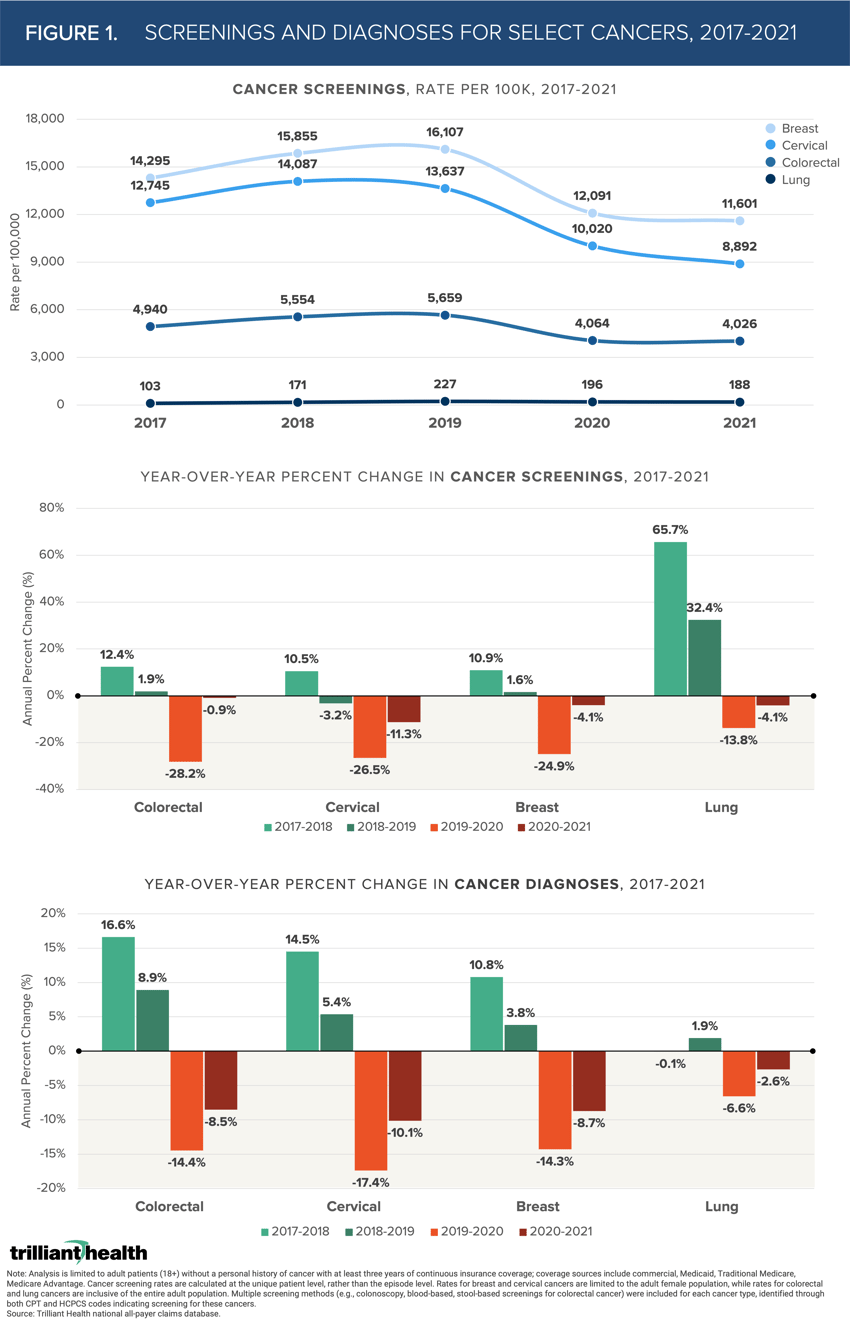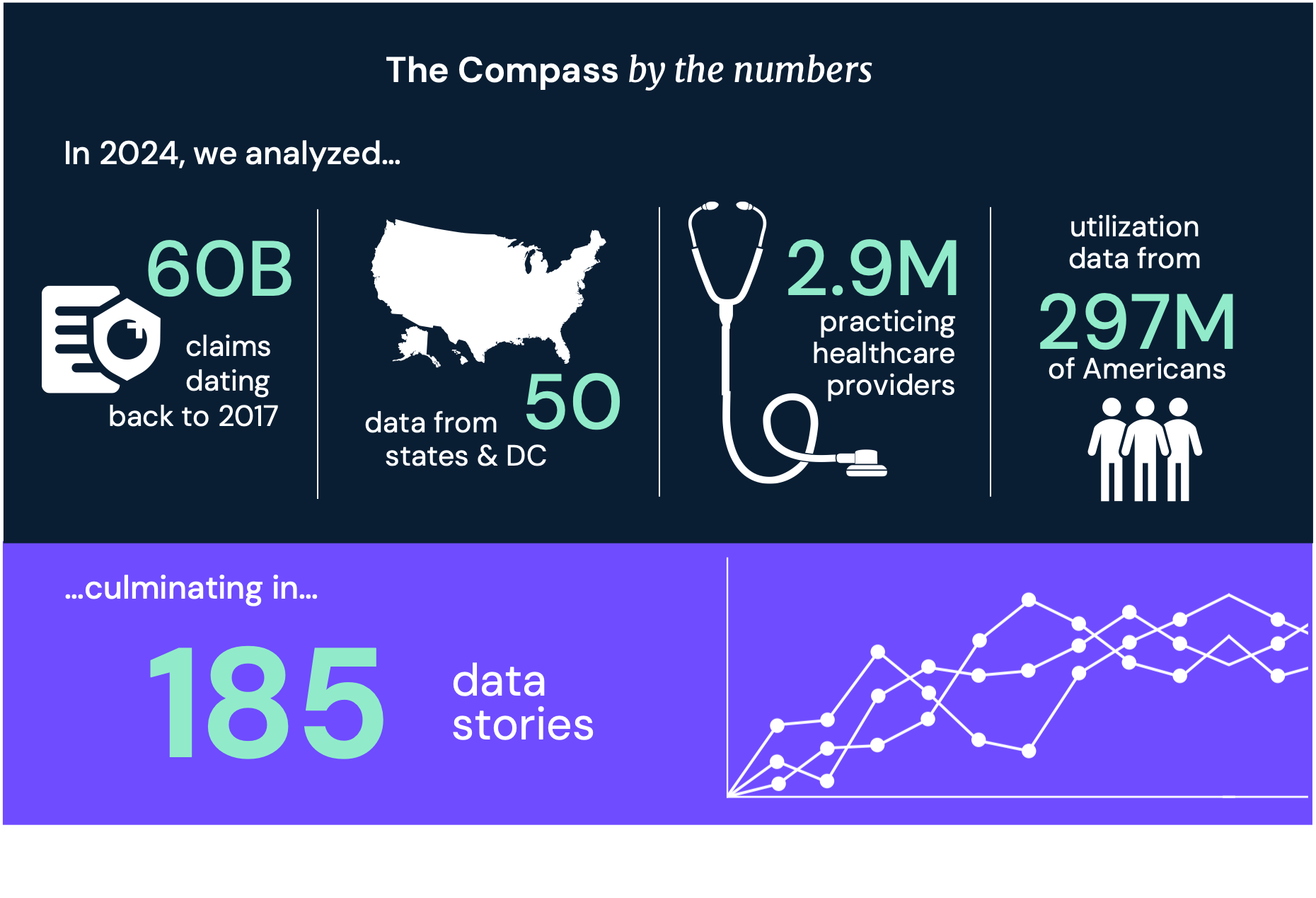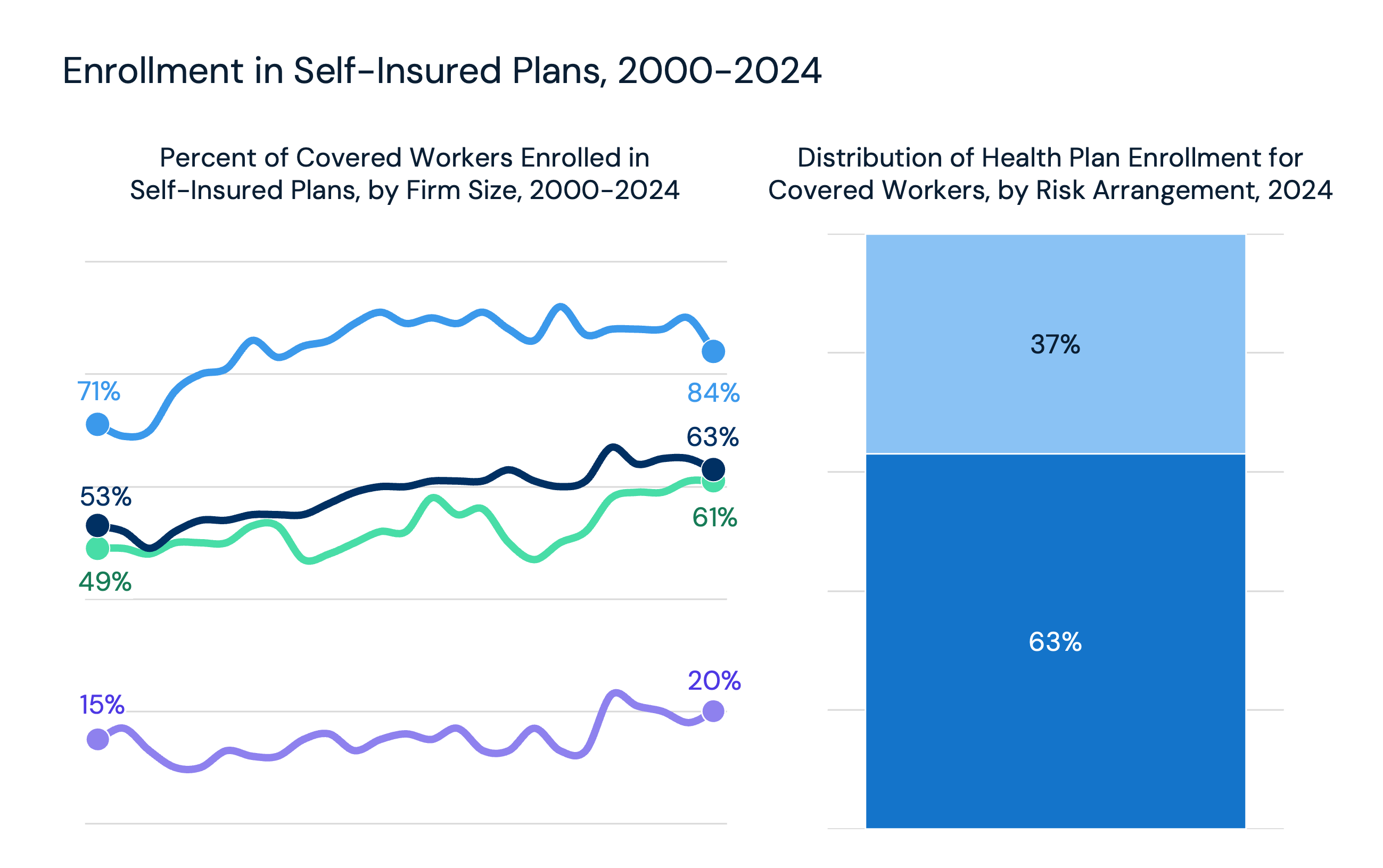Trilliant Health
Use Cases

Develop Service Line Strategies

Analyze the Competitive Landscape

Anticipate Future Patient Needs

Identify Sites To Capture Demand

Drive Loyalty Across the Patient Journey

Leverage Price Transparency Insights

Retain Patients in Your Network

Match Provider Supply to Demand
Industries

Acquire Commercial Patients

Capture Outpatient Demand

Target High-Value HCPs

Strengthen Provider Networks
Our Data
We collect and organize the industry’s most comprehensive healthcare datasets.
Data Pipelines
See demand, supply and yield across the U.S. health economy

Validated Data for 2.9M Practitioners

Episodes of Care for 300M Patients

Negotiated Rates for Any Service at Any Location
Ways to Access
Resources
Flexible solutions to fit your specific needs and workflow
Free resources to help health economy stakeholders use our products and data

Answer Key Questions in Seconds
AI Chatbot for Hospital Prices

Custom Enterprise-Level Analyses

Data-Driven Benchmarking Tool

Inform Data-Driven Strategies

Health Economy Survival Strategies

Product Guides and Feature Releases

Strategic guidance and commentary from our CEO, Hal Andrews
.png)
Analysis of trends shaping the health economy

Original research on trends shaping the health economy
Use Cases

Develop Service Line Strategies

Analyze the Competitive Landscape

Anticipate Future Patient Needs

Identify Sites To Capture Demand

Drive Loyalty Across the Patient Journey

Leverage Price Transparency Insights

Retain Patients in Your Network

Match Provider Supply to Demand
Industries

Acquire Commercial Patients

Capture Outpatient Demand

Target High-Value HCPs

Strengthen Provider Networks
Our Data
We collect and organize the industry’s most comprehensive healthcare datasets.
Data Pipelines
See demand, supply and yield across the U.S. health economy

Validated Data for 2.9M Practitioners

Episodes of Care for 300M Patients

Negotiated Rates for Any Service at Any Location
Ways to Access
Flexible solutions to fit your specific needs and workflow
Answer Key Questions in Seconds
Custom Enterprise-Level Analyses
Inform Data-Driven Strategies
Resources
Free resources to help health economy stakeholders use our products and data
AI Chatbot for Hospital Prices
Data-Driven Benchmarking Tool
Health Economy Survival Strategies
Product Guides and Feature Releases

Strategic guidance and commentary from our CEO, Hal Andrews
.png?width=171&height=239&name=2025%20Trends%20Report%20Nav%20(1).png)
Analysis of trends shaping the health economy

Original research on trends shaping the health economy
 Developing an effective response to the national decline in cancer screenings requires market-level analysis to understand which patients in which markets are most likely to have delay screenings. This information will enable providers to assess shifts in incidence of disease, and corresponding changes in service demand, which are the cornerstone of effective resource allocation. Demand trends paired with insight into the demographics, psychographics, preferences, and motivations of patients who have foregone preventive screenings is crucial to successful re-engagement. Industry stakeholders who fail to develop dynamic demand forecasting capabilities to assess the impact of deferred care, excess deaths in younger populations, population migration, and shifting delivery preferences on a continual basis will be unprepared to thrive in the post-pandemic health economy.
Developing an effective response to the national decline in cancer screenings requires market-level analysis to understand which patients in which markets are most likely to have delay screenings. This information will enable providers to assess shifts in incidence of disease, and corresponding changes in service demand, which are the cornerstone of effective resource allocation. Demand trends paired with insight into the demographics, psychographics, preferences, and motivations of patients who have foregone preventive screenings is crucial to successful re-engagement. Industry stakeholders who fail to develop dynamic demand forecasting capabilities to assess the impact of deferred care, excess deaths in younger populations, population migration, and shifting delivery preferences on a continual basis will be unprepared to thrive in the post-pandemic health economy.

